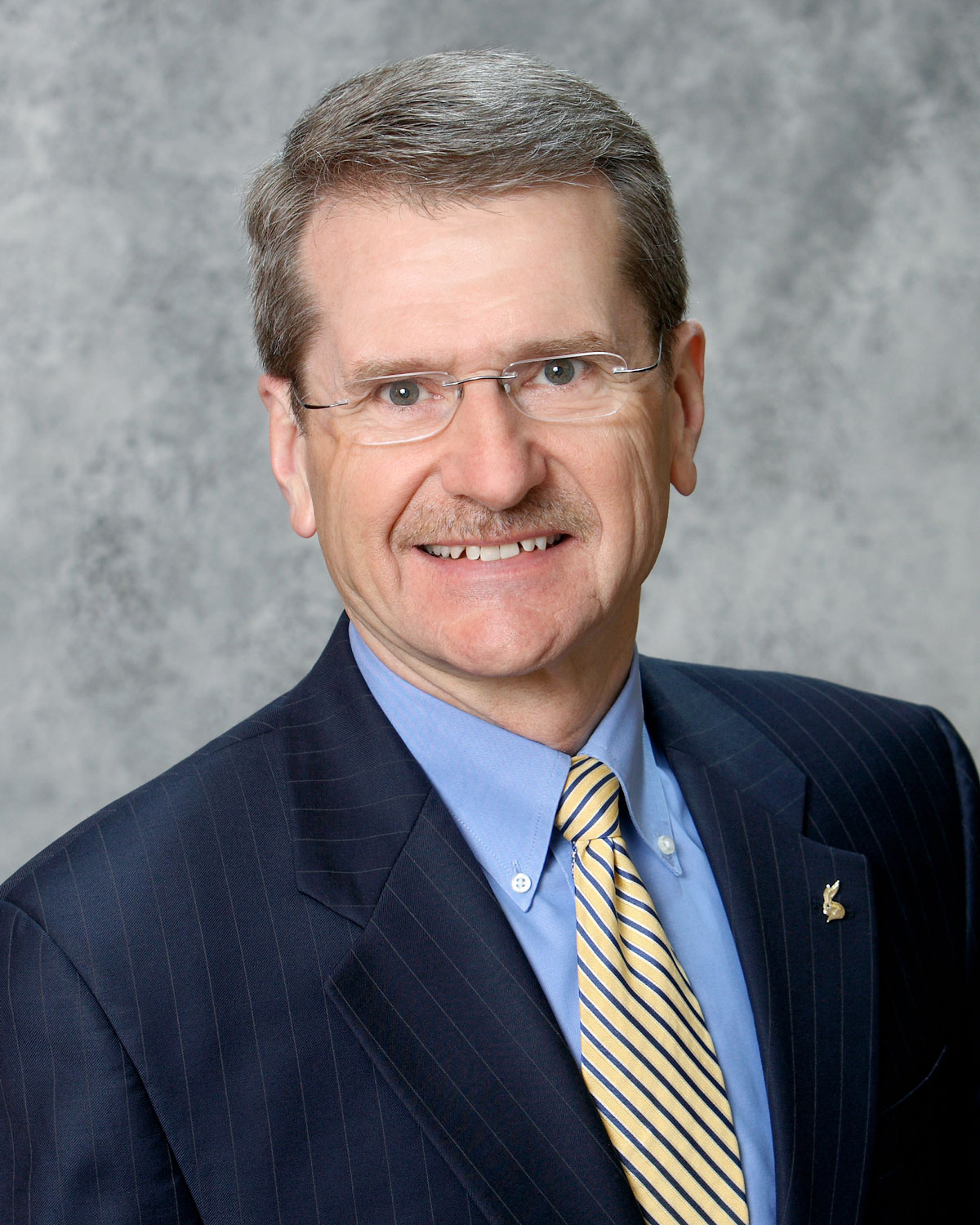I routinely encourage the sharing of stories on how faculty and staff, working with students and stakeholders, advance the mission of South Dakota State to build a better South Dakota through excellence in teaching and learning, discovery research and problem-solving applications of research-based new know-how, using available resources efficiently and effectively. The 2013-2014 report on the university’s strategic plan, IMPACT 2018, will highlight some accomplishments.
There is an opportunity in June each year to present to the South Dakota Board of Regents the potential impact of additional state investments in our university for the future fiscal year to build a better South Dakota.
Proposed increased investments for Fiscal Year 2016 are in faculty salary competitiveness and affordability, student success, research and technology transfer, and workforce development. Each of these directly ties to the strategic goals of IMPACT 2018, and the Regents’ priorities to enable public higher education in South Dakota to be more impactful and a more significant driver of the state’s economic growth and development and the well-being of all citizens and their communities.
National media coverage of the increase in the average student loan debt of recent college graduates rests solidly on debate around the affordability of public higher education, particularly for students from middle- and lower-income households. The 2014 Legislature approved Gov. Dennis Daugaard’s recommendations for an increase in ongoing appropriations that freezes undergraduate tuition and mandatory fees for South Dakota residents for the upcoming 2014-2015 academic year. This additional state investment will pay that portion of faculty salary increases that would have been paid by students through an increase in tuition and fees. The state, in essence, bought-down 2014-2015 tuition and fees by increasing state appropriations, which permitted modest salary increases and funded the increase in health insurance. The recommendation to the Regents for 2015-2016 is for a second year of a state-funded tuition and fee buy-down for South Dakota residents.
The university’s Student Success Program, mentioned in earlier State magazine columns, is designed to help undergraduate students excel and finish their degrees. I believe the Regents will recommend to the governor that the state make a strategic investment in student success in Fiscal Year 2016.
To strengthen the faculty in the basic disciplines of chemistry and biochemistry, biology and microbiology, engineering and computational sciences, a request for Fiscal Year 2016 is for additional faculty positions. This investment will increase capacity in both undergraduate and graduate degree programs and, importantly, in science and discovery research. In addition, funding for specialized research instruments and for additional expertise in the Technology Transfer Office was proposed. Investing in faculty positions, research instruments and technology transfer and commercialization capacity enables science- and technology-based economic growth and development, helping students pursue their aspirations.
The third request is to increase capacity for health-care workforce development in pharmacy and nursing to meet the ever-growing demands for primary-care professionals, given the significant and disruptive changes prompted by the Affordable Care Act.
The Board of Regents’ informal budget hearing provided the opportunity for a conversation about public higher education in the state and the impact of additional state funding to build a better South Dakota. The Fiscal Year 2016 informal budget documents for each university are available on the system’s website at http://www.sdbor.edu/theboard/agenda/2014/June/24_BOR0614.pdf.
I encourage you to review the documents, the first step in the journey to develop the state’s Fiscal Year 2016 investment in and spending plan for higher education.
The 2014 legislative session was a success for higher education in many regards, starting with the tuition freeze noted earlier. The governor also recommended a one-time appropriation for the Swine Education and Research Facility, a very important teaching and research complex that will serve the state and region.
Fortunately, lawmakers agreed with the governor on these vital initiatives. Legislators also approved funding to cover higher health care costs for state employees. The request to construct a new football stadium, the Dana J. Dykhouse Stadium, with private funds and bond proceeds paid from event revenues was approved. The governor visited campus May 22 for a ceremonial bill signing.
I would be remiss if I did not recognize the work of the governor and legislators, including 19 SDSU alumni, for their leadership and recognition of the significant impact of South Dakota’s Morrill Act land-grant university on building a better South Dakota. In closing, I look forward to working with Andi Fouberg, a former student body president, in her new role as president and chief executive officer of the SDSU Alumni Association. Her transition back to campus this summer is featured elsewhere in this issue.
David L. Chicoine, Ph.D. President Class of 1969






